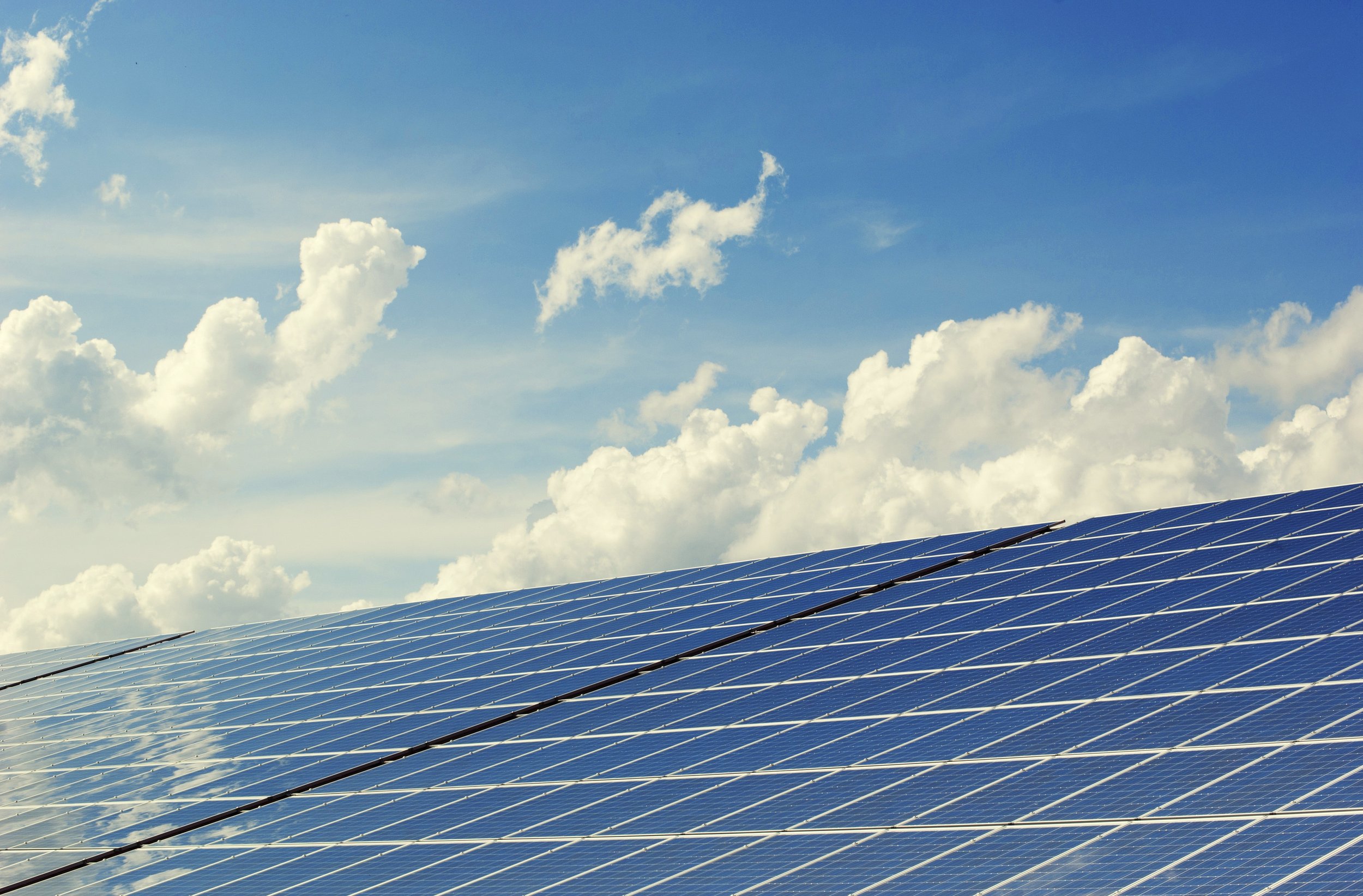Geologic Hydrogen Is The Next Clean Energy Revolution in the United States
Imagine it's 2024 and the U.S. is on the brink of a modern-day gold rush, but this time, it's all about a new, clean energy source buried right beneath us—geologic hydrogen. We're not just talking small potatoes here; experts are excited about massive reserves, reaching into trillions of tons, that could redefine how we power our world. What’s cooler? This energy source is cleaner than oil, endlessly renewable, and doesn’t mess with the environment by spewing greenhouse gases.
So, what's the scoop on geologic hydrogen? It's basically hydrogen gas trapped within the Earth's crust, produced naturally through a process called serpentinization. This happens when water seeps into rock through cracks, reacting with minerals to release hydrogen gas. This underground hydrogen is pretty much everywhere, and its potential is huge. Early estimates suggest the U.S. could tap into over 3 trillion tons, with the global potential much higher. Even if we extract just a fraction, we’re looking at an energy supply that far exceeds what the nation, or even the globe, currently needs.
Though this sounds like a dream come true, turning this potential into reality is progressing slowly. Despite the slow pace, the sheer scale of this clean energy source has got many thinking it could completely revolutionize our energy sector, much like oil did in the past century. Could this be the clean, sustainable solution we've been searching for? It’s definitely a possibility worth exploring further.
Read more at Ecoticias
Why This Is Important:
In the transportation and logistics business, you’re right in the thick of things when it comes to energy consumption, especially with how fuel costs can make or break your bottom line. This whole deal about geologic hydrogen? It’s a game changer because it's all about a new, super clean energy source that’s also supposedly endless. Imagine running fleets on hydrogen fuel cells that don’t emit anything nastier than water. Lower emissions, potential cost savings in the long run, and less dependency on oil prices which, let’s be honest, can be as unpredictable as a roulette wheel.
Our Take:
If this geologic hydrogen pans out, we could be looking at a major shift in how goods are moved around the country. Cleaner, more efficient energy could mean cheaper operating costs and less environmental red tape to deal with. Plus, if the U.S. leads in this hydrogen rush, we might just set new standards worldwide for greener transport options. That’s not just good for the planet; it’s great for business, especially if you’re looking to expand or innovate in logistics.
Some have suggested that covering the Sahara Desert with solar panels could harness its abundant sunlight and provide a vast, sustainable energy source.
Imagine it's 2024 and the U.S. is on the brink of a modern-day gold rush, but this time, it's all about a new, clean energy source buried right beneath us—geologic hydrogen.
Environmental organizations in California are gearing up for a significant legal battle as the state Supreme Court agrees to hear their case against recent adjustments to the solar compensation rules.
In the vast salt deserts of western India, a colossal energy project is underway, transforming barren landscapes into a renewable energy powerhouse.
Dr. Dan McKorley, Executive Chairman of McDan Group, encouraged the salt industry to adopt more sustainable transportation and logistics practices for a greener future.
Danish investors in DSV are pressing the logistics giant regarding environmental, social, and governance aspects of its $10 billion joint venture in Saudi Arabia, supporting the Neom mega-city project.
A recent nationwide analysis by USA TODAY uncovers a concerning trend that could hinder the United States' clean energy objectives: local governments are outpacing the construction of new utility-scale wind and solar power by imposing bans on such projects.
In Keyser, West Virginia, Sheila Wagoner, like many, isn't fond of the new wind farm dominating the skyline.
In September 2022, Hawaii shut down its sole coal power plant as part of its goal to achieve entirely clean electricity by 2045.
Central Asia is making strides in combating climate change with the construction of its first green hydrogen-wind plant in Uzbekistan.
In a legal move, a federal judge is being urged to issue a halt on construction for a $10 billion transmission line that is intended to carry wind-generated electricity from a remote area in southeastern Arizona to customers as distant as California.
On New Year's Day, the Port of Virginia achieved a significant milestone by becoming the first U.S. East Coast seaport to operate entirely on 100% clean power, accomplishing its goal well ahead of the planned 2032 timeline.
Developers of the proposed offshore wind farm near Long Beach, Long Island, announced the termination of the Empire Wind 2 project due to economic challenges - including inflation, increased interest rates, and supply chain disruptions.
There is a new company on the block called Airloom Energy, a wind energy startup supported by Bill Gates.
The U.S. offshore wind industry is experiencing both challenges and progress in 2023.
The U.S. offshore wind industry is looking to rebound in 2024 after a challenging year in 2023, marked by project cancellations and financial write-offs.
Ocean Infinity, an ocean robotics firm, has entered into a contract with Equinor Wind US LLC to conduct a comprehensive site investigation survey off the coast of Morro Bay, California.
A new report by experts in human rights and the solar industry has raised concerns about the solar supply chain's lack of transparency amid human rights issues.
Connecticut's commitment to becoming zero emission by 2035 stems from a growing recognition of the urgent need to address climate change and its adverse effects on the environment and public health.
The US climate law, the Inflation Reduction Act (IRA), which passed one year ago, has accelerated the adoption of clean energy technology in the country.
The International Maritime Organization (IMO) has announced new global emission-reduction targets, but the ambiguity surrounding the means to achieve these targets is expected to limit new ship ordering.
Environmentalists express disappointment with the outcome of the 80th session of the Marine Environment Protection Committee (MEPC) held by the International Maritime Organisation (IMO), as revised targets for reducing greenhouse gas (GHG) emissions fall short of what is deemed necessary to combat climate change.
Enphase, a leading solar microinverter company, has commenced production of its IQ8 microinverter at a factory in West Columbia, South Carolina.
Spain is investing billions of euros to produce and distribute green hydrogen, aiming to become Europe's hub for clean energy.
The California Transportation Commission (CTC) has granted $42 million to the Port of Oakland for its Green Power Microgrid Project.
As solar capacity in California continues to grow, grid operators are facing challenges related to the "duck curve."
U.S. Transportation Secretary Pete Buttigieg visited the port of Yokohama in Japan and emphasized the importance of establishing "green shipping corridors" to reduce carbon emissions in the shipping industry.
Researchers at the Lawrence Berkeley National Laboratory propose using electric batteries on freight trains to support the power grid during spikes in energy demand.
Shareholders at Toyota's annual general meeting rejected a proposal initiated by AkademikerPension, a Danish investment fund, calling for the automaker to improve its efforts in fighting climate change.































Tesla Inc. is making headlines again, this time for rehiring members of its Supercharging team, including key manager Max de Zegher, following a surprising round of layoffs initiated by CEO Elon Musk last month.